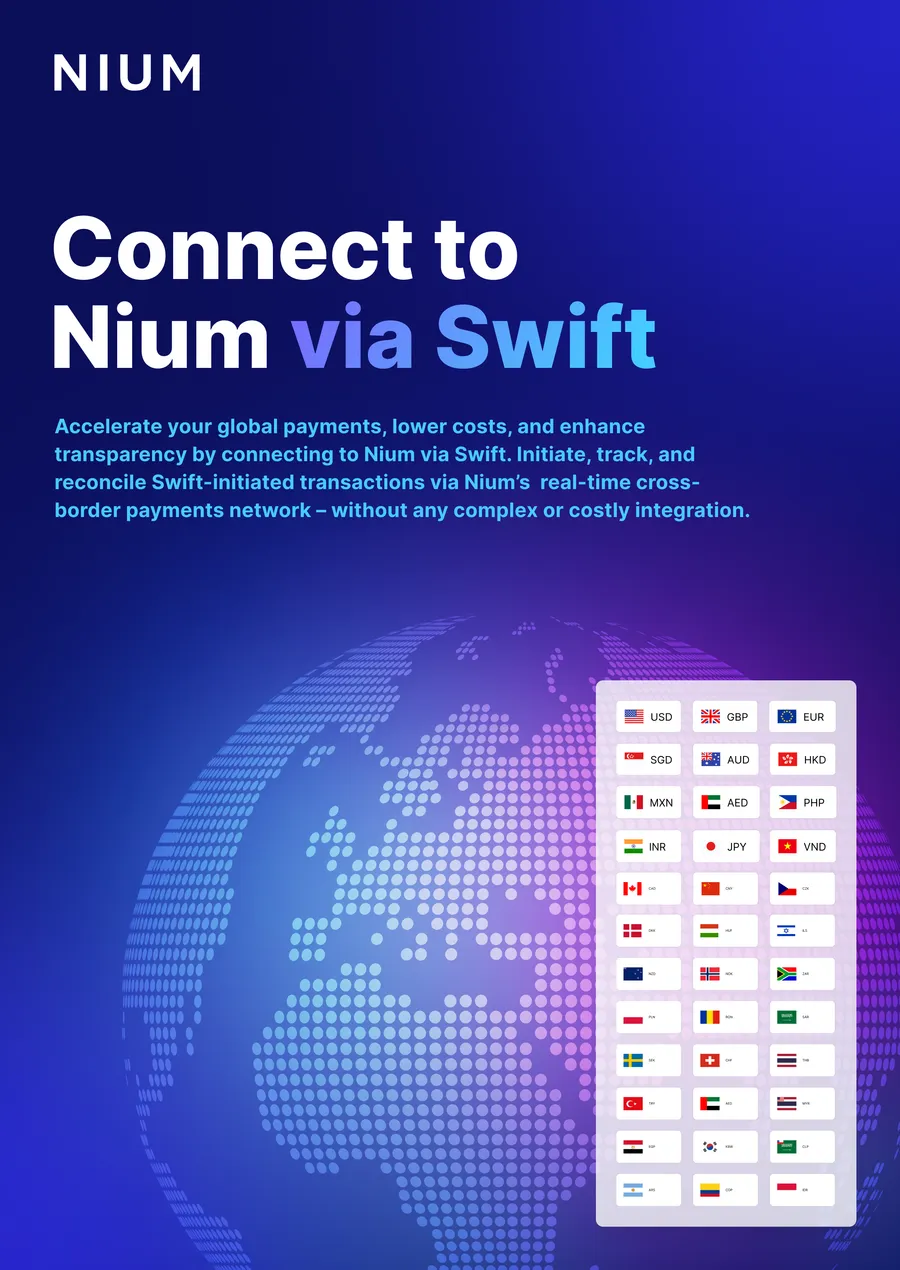With the unprecedented upheavals of the Covid-19 pandemic, the significance of digital financial services for individuals, businesses, and entire economies became more apparent and pressing than ever before. During the darkest days of 2020, digital payments were of near-existential importance for people around the world, and that forced governments to recognise that the regulatory frameworks governing digital financial services aren’t up to task. Thankfully, global regulation is now starting to adapt, and it’s important to know what that means for the world of payments. Here are three trends to consider when looking at evolving regulation.
HARMONIZATION
In recent years, a degree of harmonisation was achieved with the advent of open banking through regulatory frameworks such as the Federal Data Exchange in the US, and PSD2 in Europe. The resulting sharing of data enabled fintechs to provide services that used to be the reserve of banks, such as payments, loans, personal finance planning, and expense management solutions.
In mid-2021, the Biden administration also came out with an executive order covering consumer access to data, which is significant in terms of harmonisation. But the real goal is to provide non-banking firms access to Federal Reserve accounts, something we expect to arise from future inquiries and requests into real regulation.
In Asia, Singapore has made headway with the Payment Services Act, and India has developed a set of APIs called IndiaStack, which allows governments, businesses, startups, and developers to move toward presence-less, paperless, and cashless service delivery, and therefore to greater harmonisation.
This is all promising, but the next wave of harmonisation looks to come from open data. As regulation changes to allow better access to consumer data that is currently held by payment companies, banks, and other financial institutions, any provider with access to that data will be able to target and tailor services based on customer behaviour. It’s about interoperability—harmonizing the fragmented internet economy built on defunct global trade relationships—and the results will be better, smoother, more harmonious interactions for everyone.
MODERNIZATION
The second trend is modernization. As digitisation picks up pace, with the US and Europe catching up to Asia in terms of adoption, the move to modernise regulation is becoming more and more a priority. This is most important when it comes to regulators evolving their frameworks to recognise and regulate non-banks as financial institutions.
In the US, there are real-time payment schemes such as FedNow, which provide non-banks with part of the solution they need when it comes to modernisation. While in Asia, countries like Singapore have introduced regulatory frameworks such as the 2019 Singapore Payment Services Act, which considers whether a company offers the same services as a bank to determine how it should be regulated. India has also developed the sophisticated and facilitative Sahamati framework, which gives information owners nuanced control over their data, allowing second parties to share it only with explicit consent. Using non-banking financial companies called Account Aggregators as a data bridge, consent can be given only for particular data and for specified periods of time.
The quicker modernization happens, the more widely we’ll be able to normalise the kinds of processes that are already changing the face of the payments ecosystem for the better, such as embedded finance, and pave the way for whatever new innovations the future holds.
INCLUSION
The third trend is inclusion, and this one overlaps with modernisation. Since currently fintechs are consistently reliant upon their relationships with banks, when a company seeks to expand across borders and enter a new market, it has to open a bank account to hold funds. The trouble is, if there isn’t an appropriate regulatory regime in that country, they can easily lose the bank account, which can be devastating in terms of fintech innovation. At the moment, the shift towards a more inclusive payment environment is going slowly. But when it comes to the present regulatory approach, head of global government relations at Nium, Katie Mitchell, says: “The general thinking in the regulatory space is that it’s time to reevaluate whether it’s necessary.” Current regulatory approaches can still see some Fintechs lose out as they expand into new markets. While governments are starting to wake up to the necessity of a more relaxed—or at least nuanced—regulatory approach, and we’re already starting to see positive change in the payments ecosystem as a result, things need to speed up if the industry is going to keep up with wider global needs and trends.
At Nium, we expect to see regulatory progress pick up speed in the wake of the pandemic, but in the meantime we’re helping drive the shift towards simple, seamless, and scalable payments by offering a constantly evolving Global Financial Services Network and wider infrastructure capable of keeping up with changing technological and regulatory requirements.








.png@webp)





